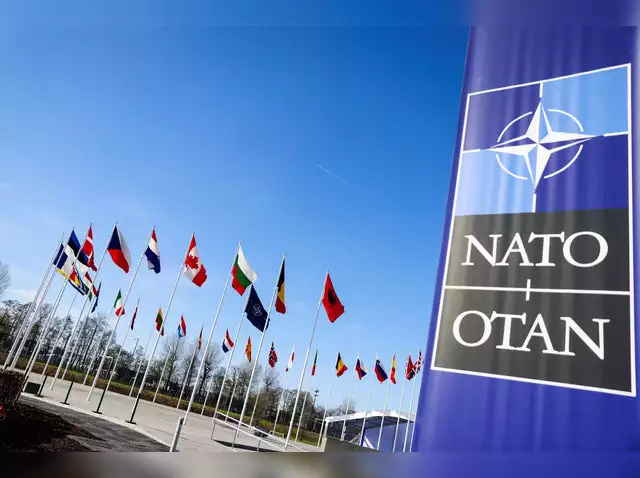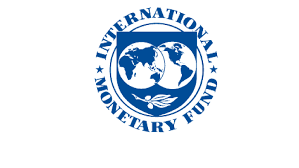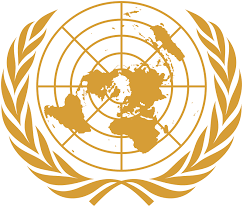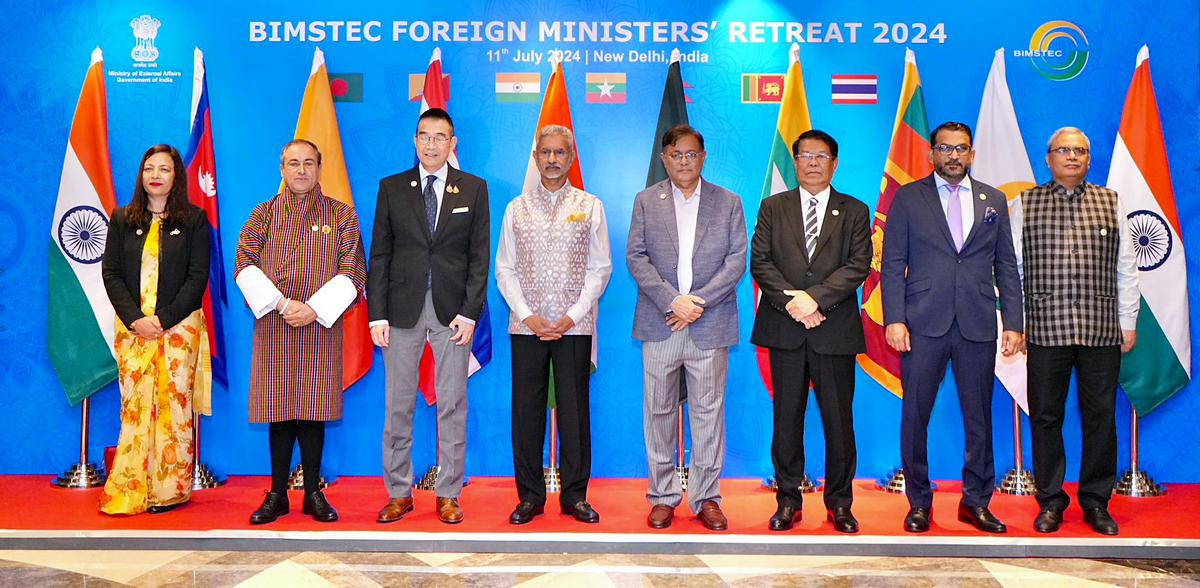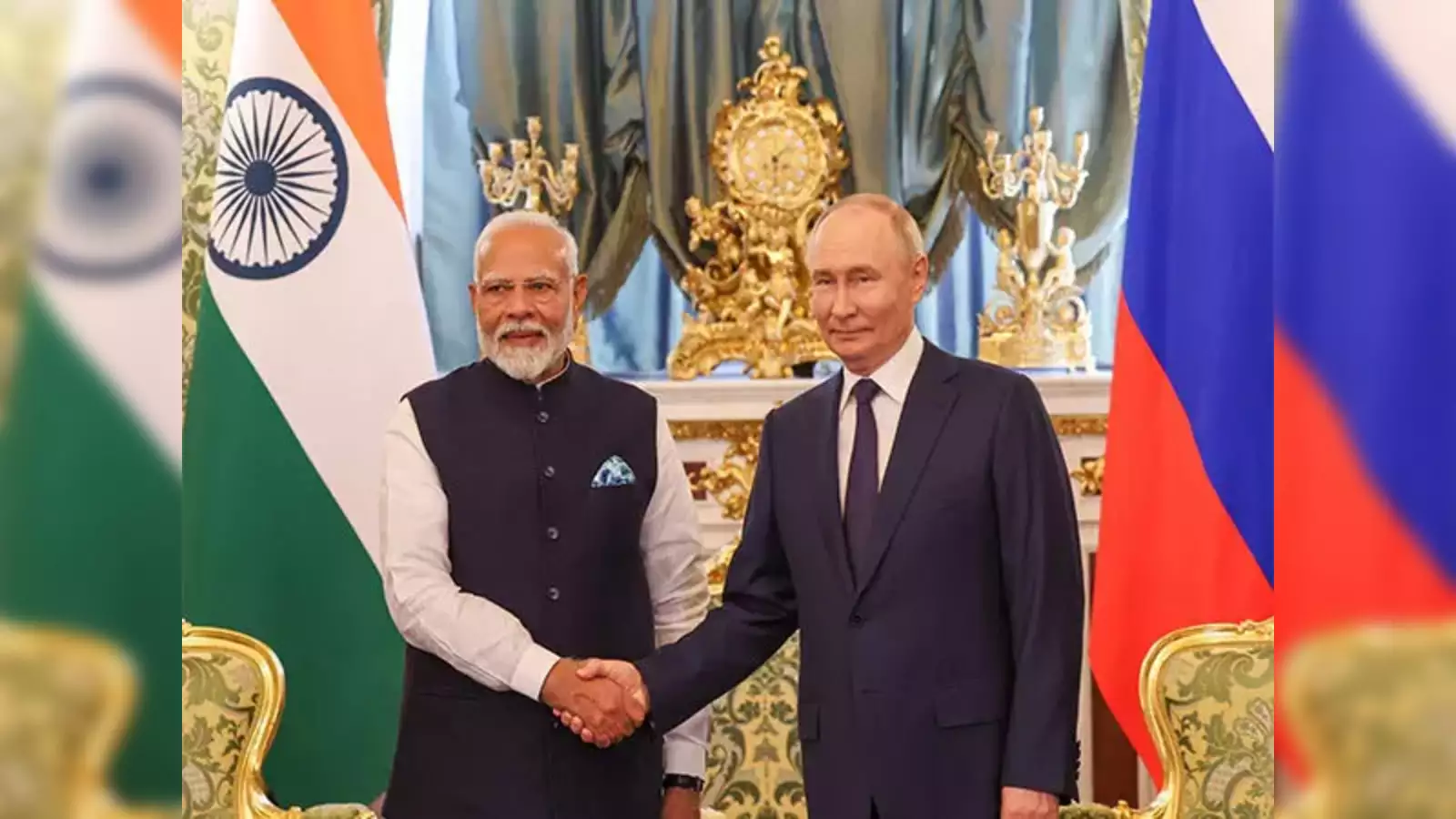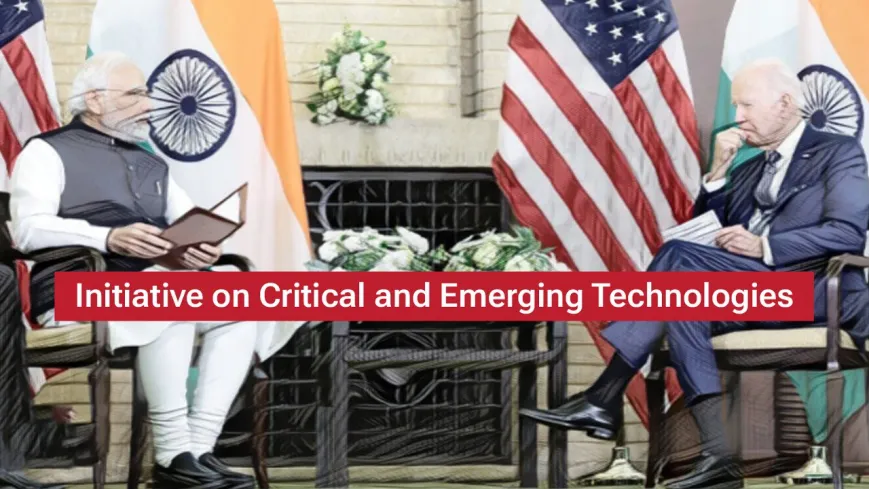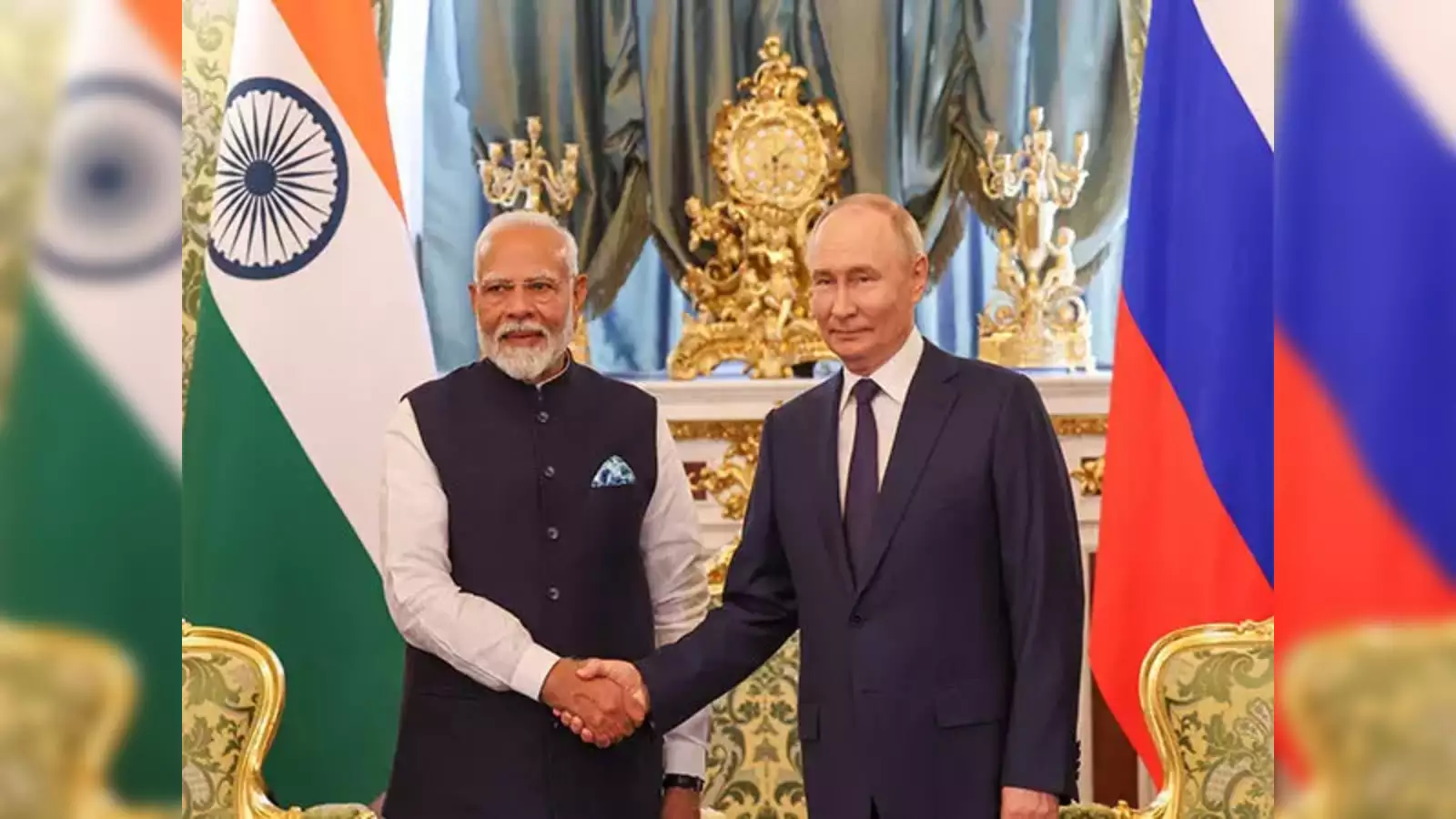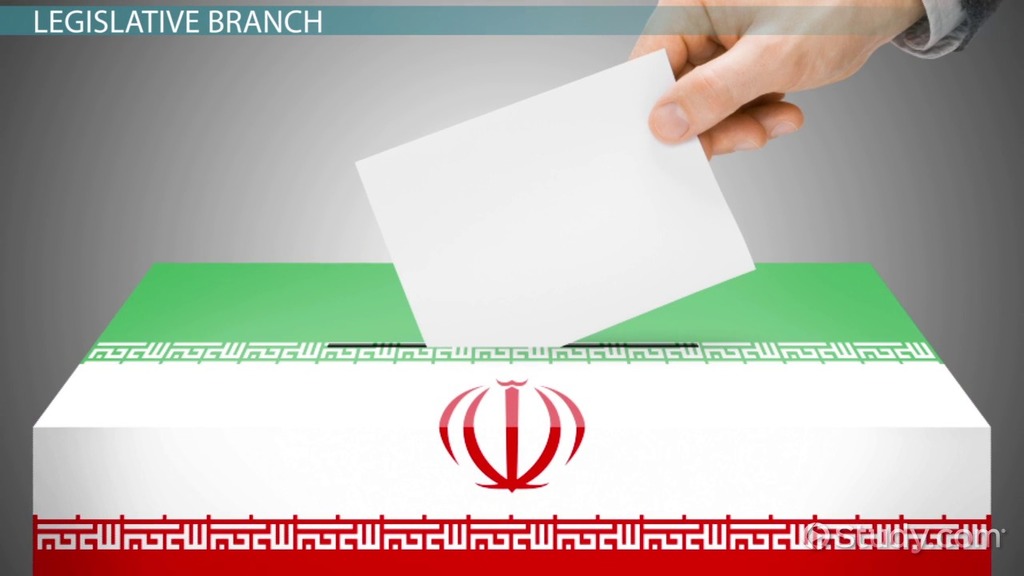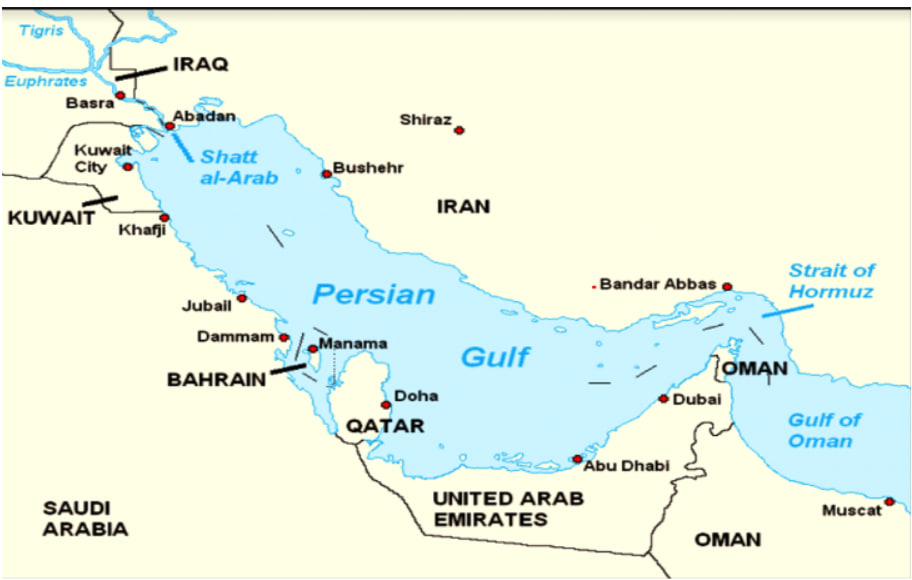The Hindu: Page 11
Syllabus: GS 2: Effect of Policies and Politics of Developed and Developing Countries on India’s interests
Celebrating its 75th anniversary in 2024, NATO reflects on its legacy while addressing modern threats like terrorism and cyber attacks.
- Its adaptability ensures continued relevance and strategic importance in the evolving landscape of global security and geopolitics.
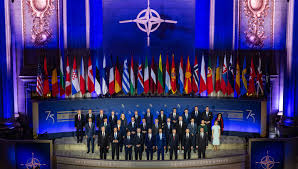
Establishment
- NATO Formation: Established on April 4, 1949, as the ‘Atlantic Alliance’ with 12 founding members including the U.S., Canada, U.K., France, and several European countries.
- Founding Members: The original 12 founding members of NATO were Belgium, Canada, Denmark, France, Iceland, Italy, Luxembourg, the Netherlands, Norway, Portugal, the United Kingdom, and the United States.
- Expansion: NATO has expanded since its founding, with new member countries joining in multiple rounds. The alliance currently consists of 32 member countries.
- Purpose: Aimed to deter Soviet expansion during the Cold War.
- Historic Context: Created in response to Soviet threats post-WWII, such as the Berlin Blockade and Communist coups in Eastern Europe.
Key Developments
- Berlin Blockade: Stalin’s blockade of Berlin in 1948 led to the Berlin Airlift, a significant moment in NATO’s early history.
- Expansion: NATO has grown to 31 members as of 2023.
- In 1954, Soviet Foreign Minister Molotov suggested the Soviet Union apply for NATO membership, a move reflecting the tense Cold War dynamics.
NATO During the Cold War
- Eisenhower’s Role: Dwight D. Eisenhower’s leadership as NATO’s supreme commander highlighted the transition from WWII alliances to Cold War defence strategies.
- Secret Armies: NATO and the CIA established clandestine networks like the Gladio network to counter Soviet influence in Europe.
Post-Cold War and Modern Era
- Adaptation: NATO has adapted to post-Cold War realities, addressing new security challenges such as terrorism and cyber threats.
- Failures and Successes: The alliance faced criticism for its role in Afghanistan but gained renewed relevance with recent Russian aggression.
- NATO’s strategy has been characterised by unprecedented levels of integration and transparency among its members.
- Contrast with Pre-NATO Alliances: Unlike earlier alliances based on opportunism and mutual suspicion, NATO members have sought deeper cooperation and openness.
Current Relevance
- 75th Anniversary: Celebrated 75 years in 2024, reflecting on its legacy and ongoing strategic importance.
- Continues to adapt to contemporary security threats, ensuring its relevance in global geopolitics.
Various Concerns Related to NATO’s Functioning
- Unrestrained Offensive
- Misadventures in Eastern European, Middle East and Asian Countries:
- Provoking Russia-Ukraine War
- Maintaining Western Hegemony
- Unwarranted Expansion
- Capitalising the Threat Posed in The Indo-Pacific
Conclusion
- NATO remains the longest-lasting military alliance in history, marked by its evolution from a Cold War deterrent to a multifaceted security organisation addressing diverse global challenges.
Mains PYQ: 2023
Ques: The expansion and strengthening of NATO and a stronger US-Europe strategic partnership works well for India.” What is your opinion about this statement? Give reasons and examples to support your answer.
